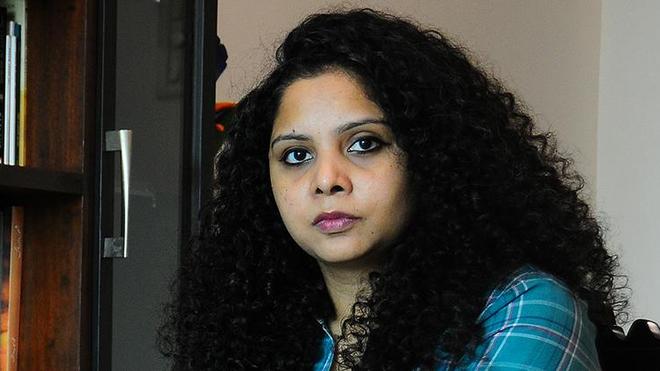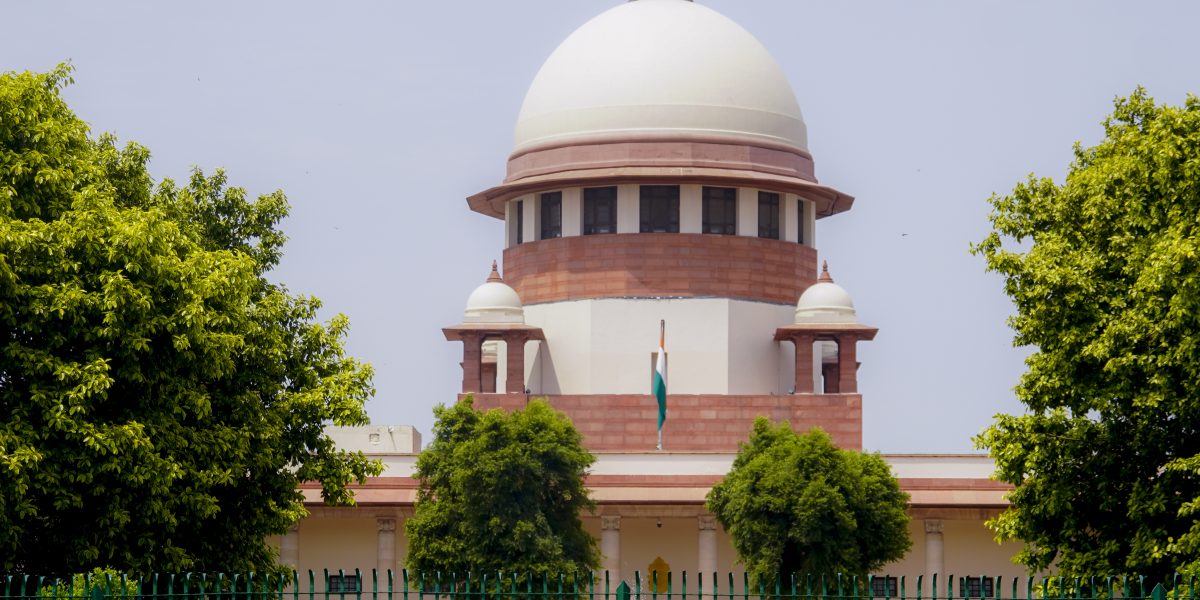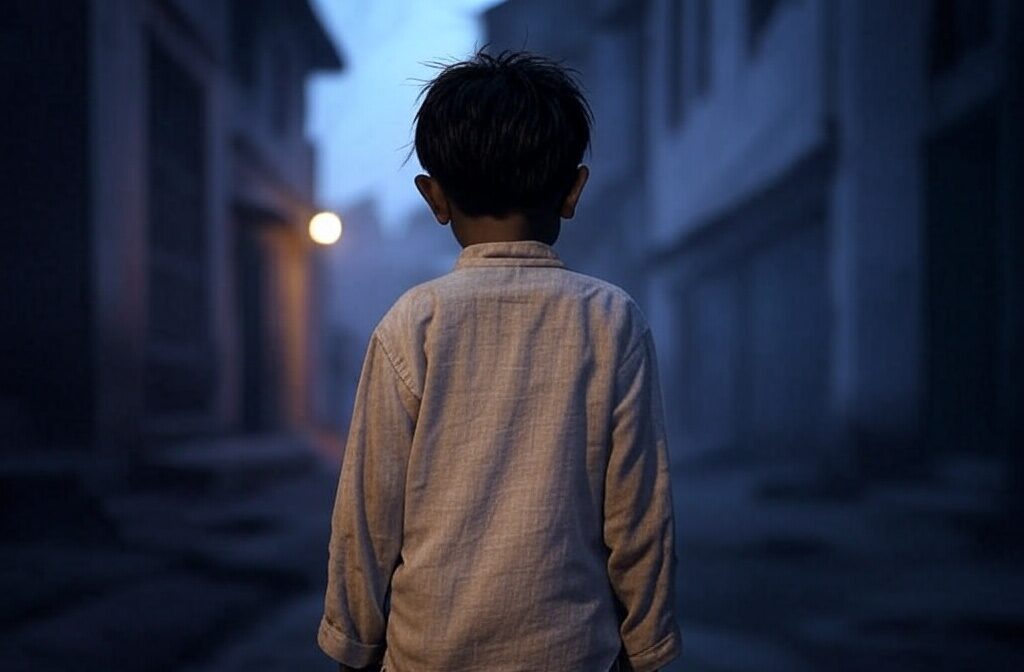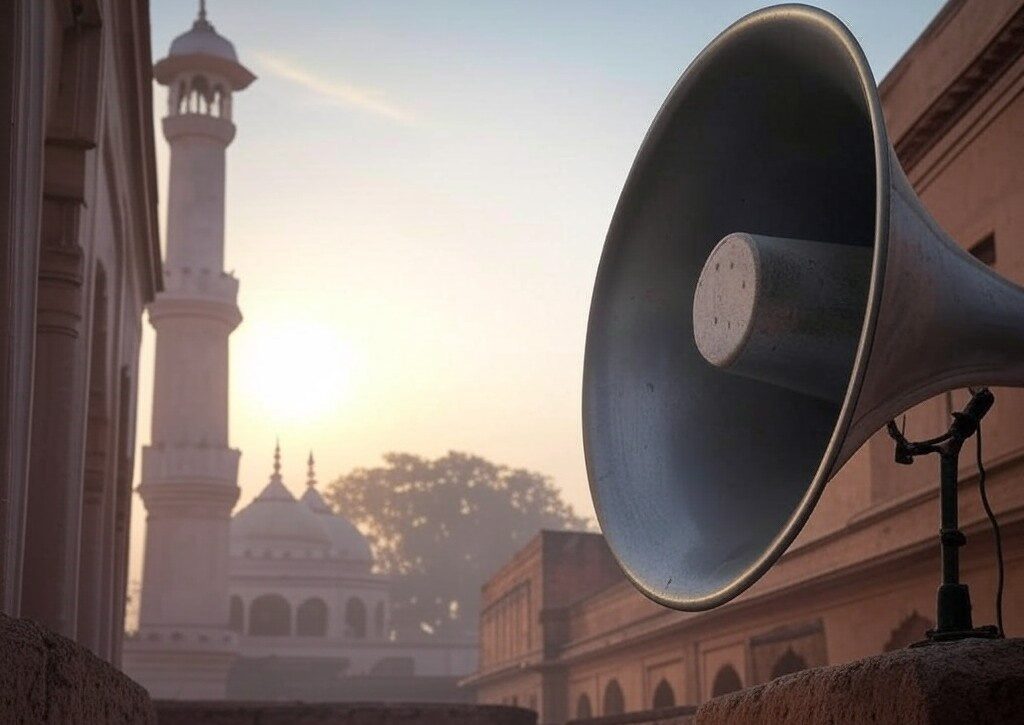
(Image: Erum Gour/The Quint)
Inculcating pride among Hindus in their religious identity, religion per se, and developing respect towards rituals of worship appears to be a not-so-successful Hindutva project for almost a century. The recent address of the Rashtriya Swayamsevak Sangh (RSS) chief, Mohan Bhagwat, in which he came out strongly against Hindus marrying outside their religion, reflects this anxiety.
Bhagwat’s anguish during his talk to followers was palpable. He asked: “How do conversions happen? How do Hindu girls and boys adopt other religions for petty selfishness, for marriage? Those who are doing it are wrong but it is another matter. Don’t we nurture our children? We need to give them these values at our home. We need to instil pride in them for ourselves, our religion and respect towards our tradition of worship.”
Us and ‘They’
From the little that appeared in the media about Bhagwat’s sermon to RSS workers and their families during an event in Uttarakhand’s Haldwani, he flagged five issues: Hindu youth marrying outside their religion and thereafter converting, the need to impart adequate family and religious values when children are young, bringing more women in public life, the sweeping claim that the Indian economy suffered an immense downturn during the Mughal period, and that moral policing is required for children insofar as their OTT-viewing habits are concerned.
Bhagwat’s speech reflects the conviction within the Sangh Parivar that the existing segregation in Indian society on religious lines has to be not just maintained but also widened in an effort to ensure electoral consolidation of Hindus behind the Bharatiya Janata Party (BJP).
The effort is to unswervingly partition society into two categories — ‘ours’ and ‘theirs’. Bhagwat’s statement, a Sangh Parivar refrain for several years, has been accompanied by a strident campaign against something that has been mischievously given the name of ‘Love Jihad’. Several BJP state governments have also introduced laws aimed at curbing inter-faith marriages and disincentivising such relationships.
Like most conservative groups, Hindutva votaries have a patriarchal core; the problem is more with “our” women marrying “their” men than with “their” women settling down with “our” men.
Data vs Bhagwat’s Claims on Inter-religious Marriages
From a time when leaders encouraged intermingling and inter-community marriages, it has now become normal to openly preach to people to teach children about marrying within. Although separation on the basis of religious identity may be politically rewarding, in the long run, it will result in greater stratification of India, imperil social security, and benefit India’s external adversaries.
For all the periodic stoking of paranoia among Hindus by Bhagwat and his ilk, India has no data on inter-faith marriages for anyone to claim this being a rising trend and cause for ‘worry’.
According to a 2005 survey conducted by academics of International Institute for Population Sciences, among 41,554 households in 1,503 villages and 971 urban neighbourhoods spanning India, barely 2.21 per cent of married women married someone outside their faith. Importantly, the survey found that the highest number of women among them were Christians, followed by Sikhs, Hindus and Muslims. There was no information on the religious identity of the partners of these women.
Muslims Amid a Majoritarian Onslaught
The survey provides the Sangh Parivar with the knob to claim that more Hindu women were marrying outside the community than Muslims. Significantly, a Pew Research Center survey on religion across India, the results of which were released earlier this year, reinforced this view but also revealed that marriages across religious lines, and religious conversions due to these, are exceedingly rare.
An overwhelming majority of Indians, among those surveyed, opined that it is extremely important to stop people in their community from marrying into other religious groups.
Instead of acting like a responsible leader who promotes intermingling to forge national unity, Bhagwat parrots societal thinking and also props it up. His current trepidation, which mirrors the entire political clan’s, reflects the finding of the Pew survey that stopping inter-religious marriages is considered essential by a greater percentage of Muslims than Hindus.
In contrast, the numbers among Muslims were 80% and 76%, respectively, suggesting that the community is more conservative or inward-looking. It is well-established that a majoritarian onslaught and the continued targeting of minorities have reinforced protectionist thinking among them globally.
Hindus Being ‘Preyed On’
In India, a display of minority identity was witnessed in India in the aftermath of Operation Blue Star and the 1984 anti-Sikh riots. For certain sections, especially those forced to relocate to colonies where a majority of residents are Muslims, making their ‘Muslimness’ more visible has become important.
Bhagwat’s repeated assertions on the need to prevent Hindu women from marrying outside the religion tacitly reinforces the Hindutva theory that they are ‘preyed on’ by Muslim men with an ‘evil eye’. This fits in neatly with the Hindu victimhood syndrome. And the RSS chief laces this frequently, as at Haldwani, with claims of India declining economically during the Mughal period, even as facts point to the contrary.
Look at the Political Reality
Claims on historical matters by the RSS fraternity is politically motivated and based on an extremely blinkered view of history. Islam is consistently said to have come into India on the shoulders of so-called ‘invader kings’. The fact, however, is that Islam came to India by three distinct routes — the trade way in the first millennium in the AD era, by Sufism, and by Muslim chieftains who established empires in the medieval era. Highlighting merely one dimension of Islam’s roots in India is politically motivated.
The points stressed by Bhagwat in his latest address reinforce old beliefs and list out hackneyed tasks for the Hindu community. The overt importance given to upbringing conveys the sentiment that the community is failing in safeguarding themselves, whereas the ‘others’ are doing so.
This tactic is the hallmark of any majoritarian force that turns victimhood on its head in order to depict the majority community as being under siege. But the political reality of the past few years leaves no ambiguity that insecurity and alienation is a sentiment of the religious minorities in India.
This story first appeared on thequint.com






